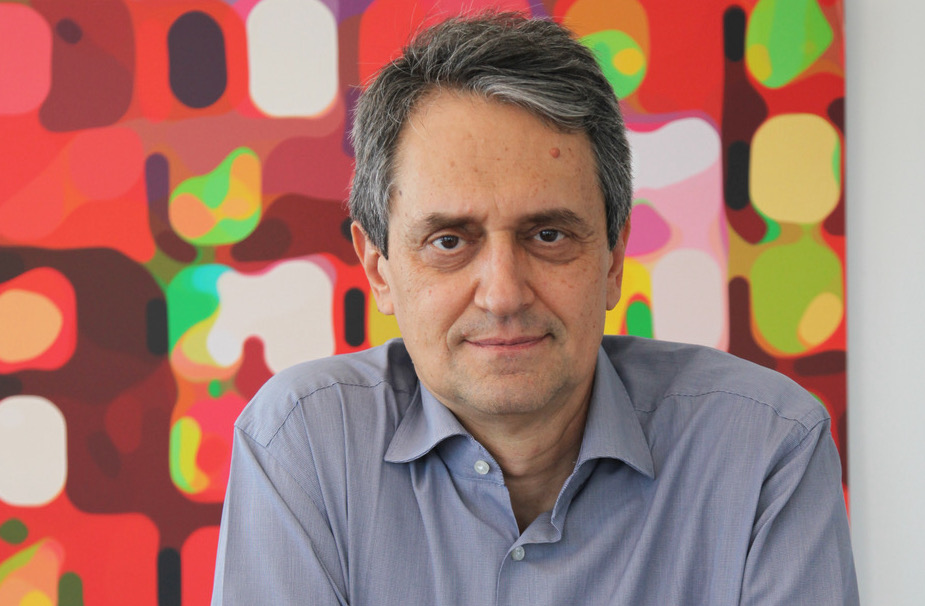 The leadership of the International Union of Pure and Applied Physics (IUPAP) has approved the appointment of Pierluigi Campana as the next Chair of ICFA, starting from January 1, 2024.
The leadership of the International Union of Pure and Applied Physics (IUPAP) has approved the appointment of Pierluigi Campana as the next Chair of ICFA, starting from January 1, 2024.
ICFA, which stands for International Committee for Future Accelerators, is an international committee that brings together experts and representatives from scientific communities involved in research in the field of high-energy particle accelerators. Established in 1976 by IUPAP, ICFA aims to coordinate and promote international collaboration in all stages of construction and use of high-energy accelerators and the development of related technologies. The Committee consists of 16 members, primarily selected from countries deeply involved in high-energy physics.
“Since its inception, ICFA has been a forum where efforts are made to facilitate and promote collaboration among major funding agencies in particle physics to stimulate the development of international collaborations for the construction of large accelerators, to organize their governance and utilization,” explains Campana. “LHC has demonstrated, for example, how CERN has successfully managed an international enterprise. The upcoming machines, due to their complexity and cost, will require an even more global approach. It is certainly a very challenging but essential task for the continuation of fundamental physics research with large machines.”
Pierluigi Campana is an experimental high-energy physicist with extensive experience in the field of particle detectors. His research career began at Frascati National Laboratory of INFN. He participated in the ALEPH experiment at the CERN LEP accelerator and later in the KLOE experiment at DAFNE at LNF. Since 2002, he has been a member of the LHCb collaboration at the CERN Large Hadron Collider and served as the spokesperson from 2011 to 2014. In 2015, he was appointed Director of the National Laboratories of Frascati, a position he held until 2020 when he was appointed as a member of the MUR in the INFN Executive Board, a position that will expire at the end of 2023.





